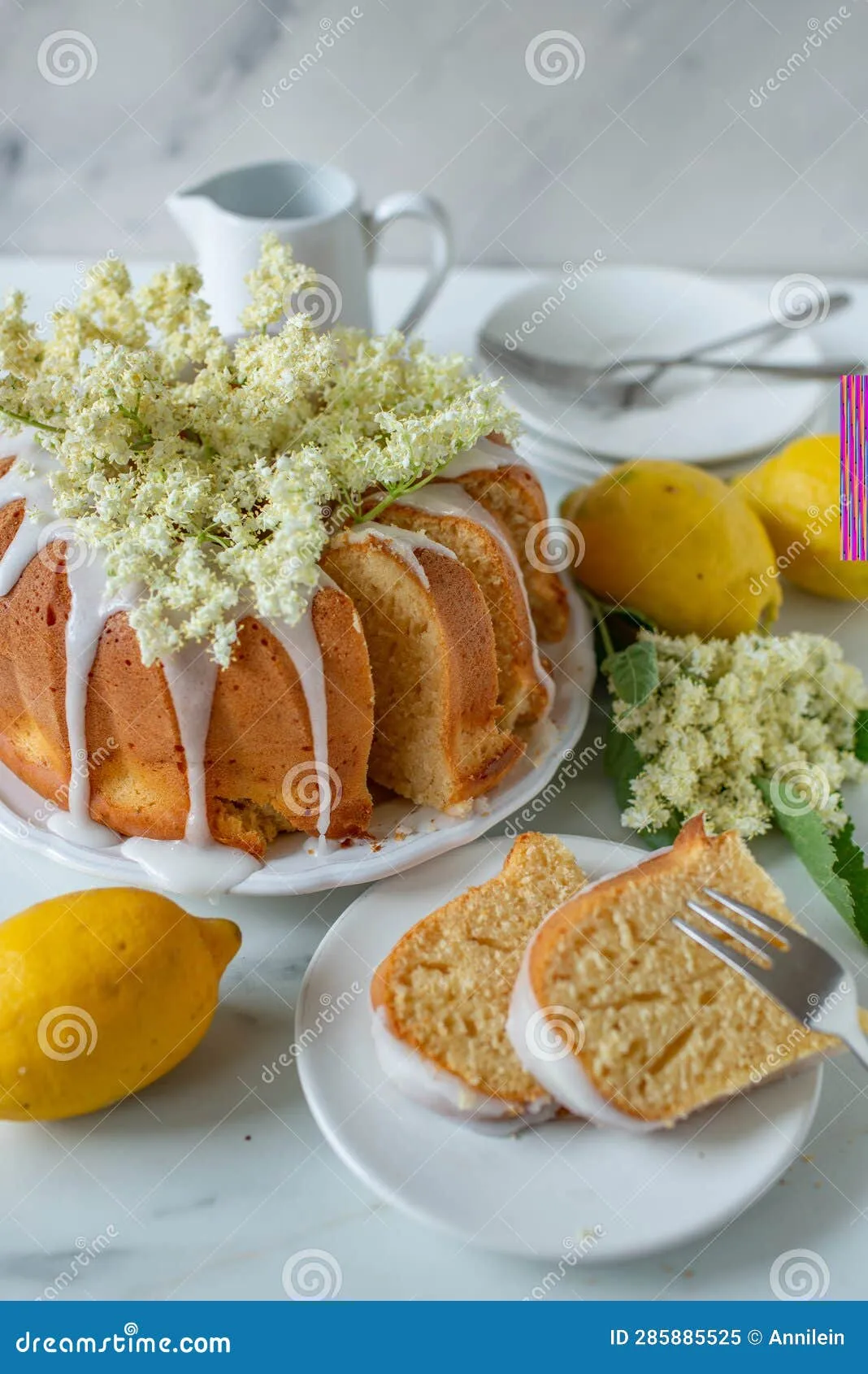Prepare to transport your taste buds to a delightful British countryside experience with this extraordinary Elderflower and Orange Bundt Cake! Imagine a moist, fragrant cake that combines the delicate floral notes of elderflower with the bright, zesty essence of fresh orange - a combination so irresistible, it'll make your guests wonder how you became such a baking virtuoso. Whether you're hosting a sophisticated afternoon tea or simply craving a show-stopping dessert, this recipe promises to elevate your baking game and leave everyone asking for seconds.
Prep Time: 20 mins
Cook Time: 50 mins
Total Time: 1 hrs 10 mins
Cuisine: British
Serves: 10 servings
Ingredients
- 1 cup unsalted butter
- 2 cups granulated sugar
- 4 large eggs
- 3 cups all-purpose flour
- 1 tablespoon baking powder
- 1/2 teaspoon salt
- 1 cup milk
- 1/2 cup elderflower cordial
- Zest of 1 orange
- Juice of 1 orange
Instructions
- Preheat the oven to 350°F (175°C). Thoroughly grease a 10-inch bundt pan with butter and dust with flour, ensuring every crevice is well-coated to prevent sticking.
- In a large mixing bowl, cream the unsalted butter and granulated sugar together using an electric mixer. Beat until the mixture becomes light, fluffy, and pale yellow, which typically takes about 3-4 minutes.
- Add eggs one at a time to the butter-sugar mixture, beating well after each addition. Ensure each egg is fully incorporated before adding the next to maintain a smooth batter consistency.
- In a separate bowl, sift together the all-purpose flour, baking powder, and salt. This helps remove any lumps and ensures even distribution of leavening agents.
- Gradually add the dry ingredients to the wet mixture, alternating with milk. Begin and end with the dry ingredients, mixing on low speed until just combined. Overmixing can lead to a tough cake.
- Fold in the elderflower cordial, orange zest, and fresh orange juice. Gently mix until these ingredients are evenly distributed throughout the batter.
- Pour the batter into the prepared bundt pan, smoothing the top with a spatula to ensure an even surface. Tap the pan gently on the counter to release any air bubbles.
- Bake in the preheated oven for 45-50 minutes. To test doneness, insert a wooden skewer or toothpick into the center of the cake - it should come out clean with just a few moist crumbs.
- Remove the cake from the oven and let it cool in the pan for 15 minutes. This allows the cake to set and makes removal easier.
- Carefully invert the cake onto a wire cooling rack. Allow it to cool completely before glazing or serving.
- Optional: Prepare a simple elderflower glaze by mixing powdered sugar with additional elderflower cordial and drizzle over the cooled cake for extra flavor and decoration.
Tips
- Room Temperature Matters: Ensure all ingredients, especially butter, eggs, and milk, are at room temperature. This helps create a smoother, more evenly mixed batter.
- Don't Overmix: When combining wet and dry ingredients, mix just until they're incorporated. Overmixing can develop gluten and result in a tough, dense cake.
- Grease Like a Pro: Use a pastry brush to meticulously coat every nook and cranny of your bundt pan with butter, then dust with flour. This ensures a clean release and beautiful cake shape.
- Check Doneness Carefully: Use the toothpick test, but remember that bundt cakes can look deceptively done on the outside. Always test the center for moist crumbs.
- Cooling is Crucial: Let the cake rest in the pan for 15 minutes before inverting. This helps the cake's structure set and prevents breaking.
- Flavor Enhancement: For an extra flavor punch, consider brushing the warm cake with additional elderflower cordial after baking to intensify the floral notes.
Nutrition Facts
Calories: kcal
Carbohydrates: g
Protein: g
Fat: g
Saturated Fat: g
Cholesterol: mg

